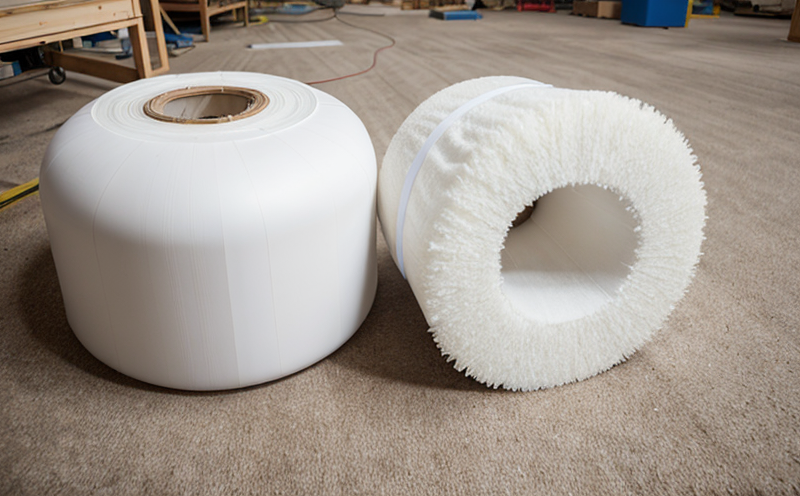ISO 15665 Acoustic Insulation for Industrial Piping Testing
The ISO 15665 standard provides a comprehensive framework for testing the acoustic insulation performance of industrial piping systems. This service ensures that manufacturers and engineers can assess how effectively sound is mitigated in industrial environments, where noise control is critical to operational efficiency and worker safety.
Industrial piping systems often operate at high pressures and temperatures, producing significant levels of noise which can be detrimental to both the environment and personnel health. By adhering to ISO 15665 standards, organizations can ensure that their insulation materials meet strict acoustic performance criteria. This is particularly important in industries such as petrochemicals, power generation, and manufacturing.
The testing process involves placing a calibrated sound source near the test specimen (the piping system or its components) to generate known levels of noise. The insulation material is then installed around this setup according to specified conditions outlined by ISO 15665. After installation, measurements are taken using specialized equipment such as microphones and octave band filters to determine the reduction in sound energy.
One key aspect of this testing method is understanding the reverberation characteristics within confined spaces like industrial pipes. Reverberation can significantly affect the accuracy of noise measurement; therefore, it must be controlled during testing. Proper specimen preparation ensures that all joints and connections are sealed correctly to simulate real-world conditions.
Another critical factor in this process is selecting appropriate insulation materials based on their inherent acoustic properties. Commonly used materials include glass wool, foams, and other composite structures designed specifically for sound absorption purposes. Each material has unique thermal conductivity values that influence its overall effectiveness at reducing noise transmission through the pipe walls.
The results obtained from this testing procedure provide valuable insights into whether the chosen insulation solution satisfies specified performance targets defined within ISO 15665. These criteria take into account not only the initial attenuation factor but also long-term durability under various environmental stressors like temperature changes, moisture exposure, and mechanical vibrations.
Compliance with these standards helps manufacturers demonstrate their commitment to reducing noise pollution in industrial settings while enhancing occupational health and safety standards. Additionally, it supports broader sustainability goals by minimizing energy consumption associated with cooling processes that rely heavily on noisy machinery.
Benefits
The implementation of ISO 15665 acoustic insulation testing offers numerous advantages across multiple dimensions:
- Enhanced Safety: Reduced noise levels contribute to improved working environments, reducing stress and promoting better health among employees.
- Precise Compliance: Ensures adherence to international standards ensuring reliability and consistency across different installations globally.
- Economic Efficiency: Properly insulated piping systems can lead to reduced operational costs by minimizing the need for additional cooling measures due to less heat loss.
- Sustainability: By reducing noise pollution, companies play a role in creating more sustainable practices within their facilities and communities.
Environmental and Sustainability Contributions
The ISO 15665 acoustic insulation testing contributes significantly to environmental conservation efforts through several means:
Firstly, by reducing noise pollution in industrial settings, this service helps mitigate the adverse effects of excessive sound on local ecosystems. Secondly, it supports sustainable development goals by promoting energy-efficient practices that reduce overall carbon footprints.
In addition, adhering to these standards encourages continuous improvement in material science and engineering techniques aimed at developing more effective noise barriers without compromising other essential properties such as flexibility or resilience.
Competitive Advantage and Market Impact
Implementing ISO 15665 acoustic insulation testing can provide significant competitive advantages for businesses operating in the industrial sector:
Adopting these rigorous standards demonstrates a company’s dedication to quality assurance, thereby enhancing customer trust. It also positions them favorably against competitors who may not meet such stringent requirements.
Furthermore, compliance with international standards like ISO 15665 opens up markets for products internationally, fostering global trade and collaboration opportunities. For research & development teams, it serves as a benchmark for innovation in noise reduction technologies.





